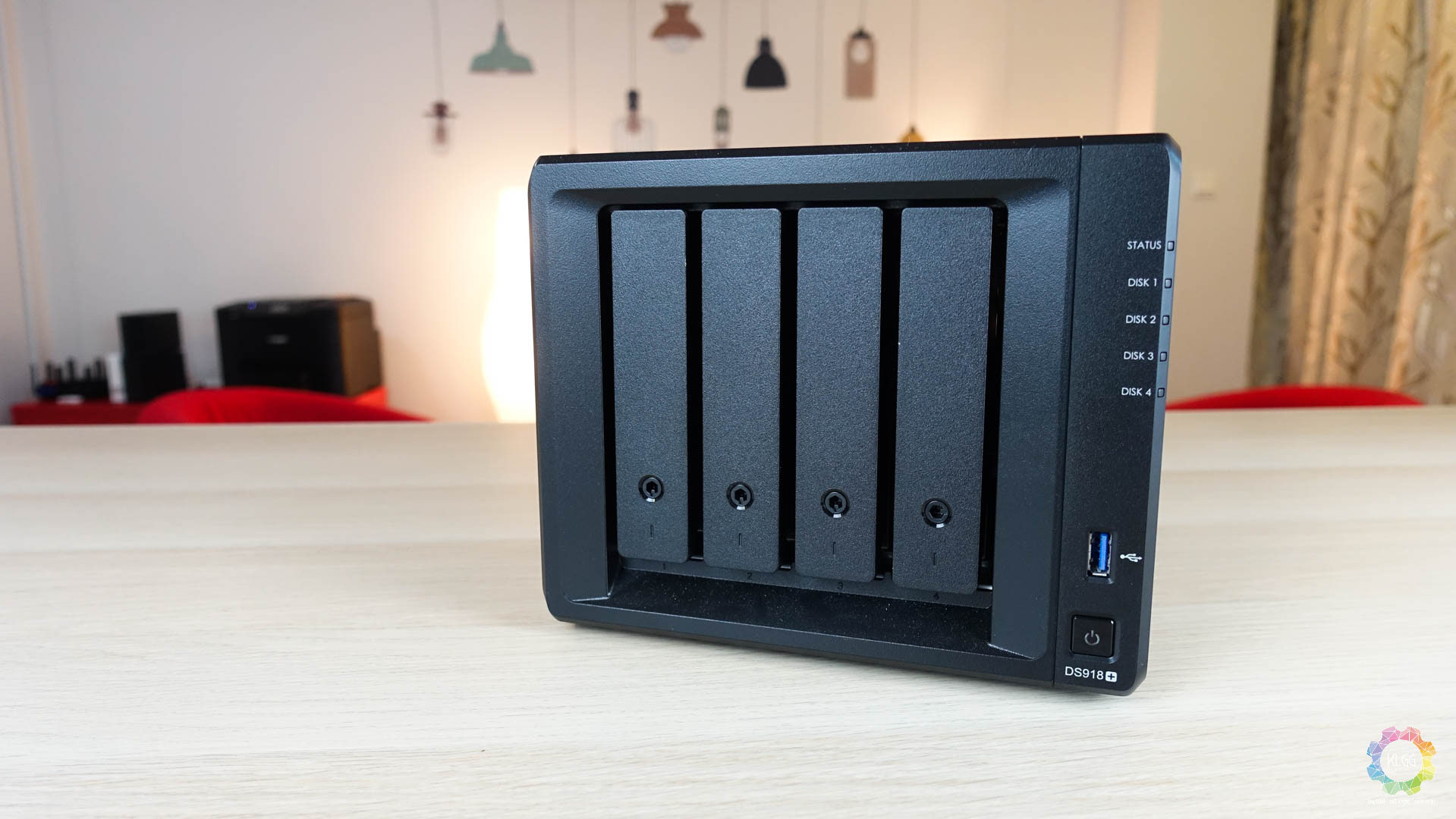We have been using Synology NAS(es) in our office for a while now, though we have never really used fully up to its potential, it has been a reliable storage server that the office has been depending on. A few months ago, Synology passed us the DS918+ for review, it is a feature packed NAS that I have been looking forward to get my hands and since the office has been using it for almost 4 months, its time to give it our final verdict.
Hardware Design
The DS918+ is one solid and good looking NAS server, and you should expect to feel good too since you are paying over RM2000 for a storage server. Unlike other NAS servers, Synology doesn’t try to make this device look like a super complicated device, there’s LED indicators on the front that shows hard drive activity and system status, which you can also adjust the brightness not to blind you if you work in a dark room with it.
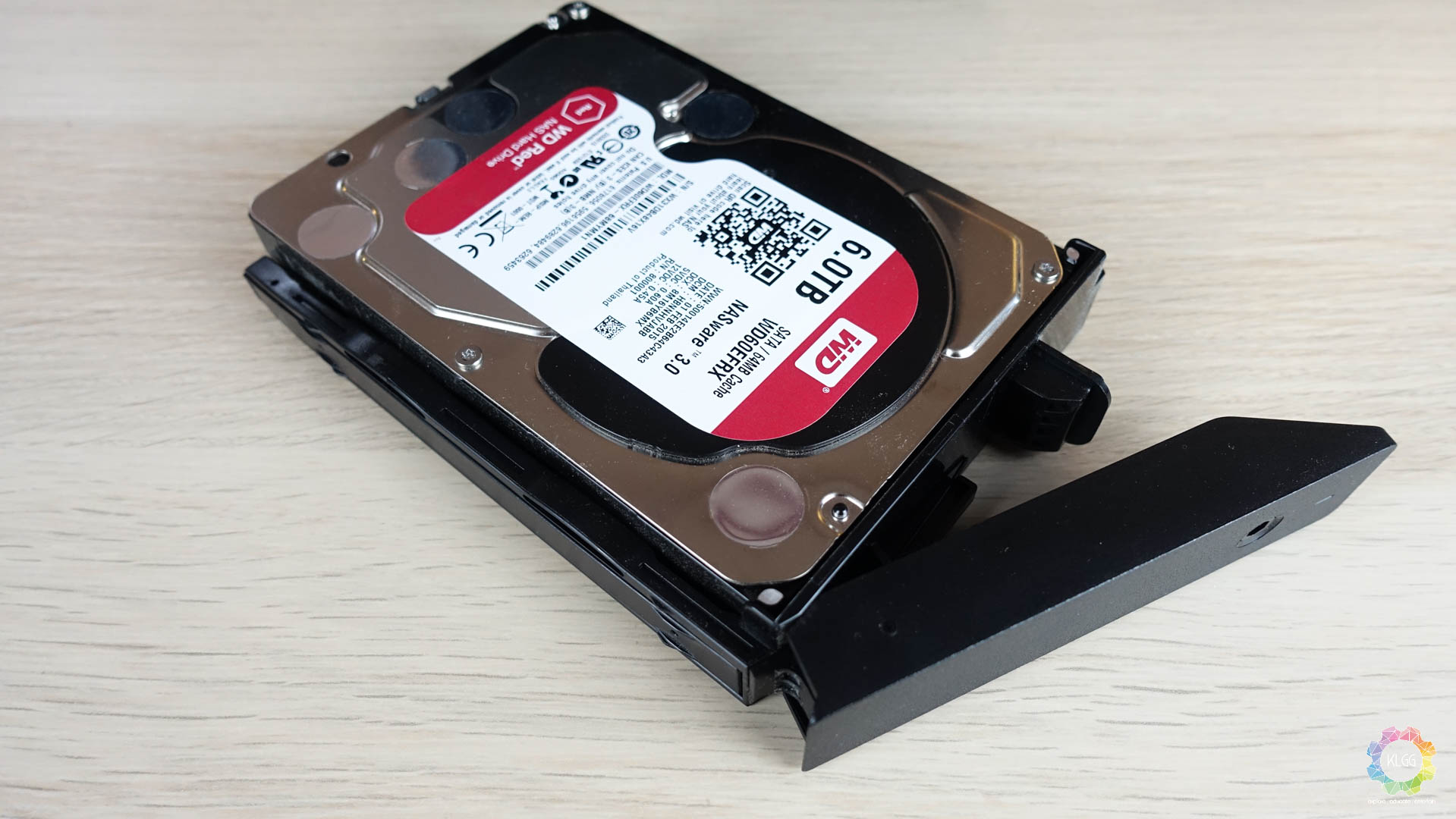 One of the things I like about Synology NAS servers is how easy it is to install the hard drives, in fact it is so easy to manage that you can even have your office boy insert or replace them if you need to do so, all you need to do is to lift up the tab of the front drive bays, pull out the drive cage and slot in your hard drives, no screws required at all. If you want a little security, Synology lets you lock the drive bays with a provided key in the box, so that your precious data stays inside the chassis.
One of the things I like about Synology NAS servers is how easy it is to install the hard drives, in fact it is so easy to manage that you can even have your office boy insert or replace them if you need to do so, all you need to do is to lift up the tab of the front drive bays, pull out the drive cage and slot in your hard drives, no screws required at all. If you want a little security, Synology lets you lock the drive bays with a provided key in the box, so that your precious data stays inside the chassis.
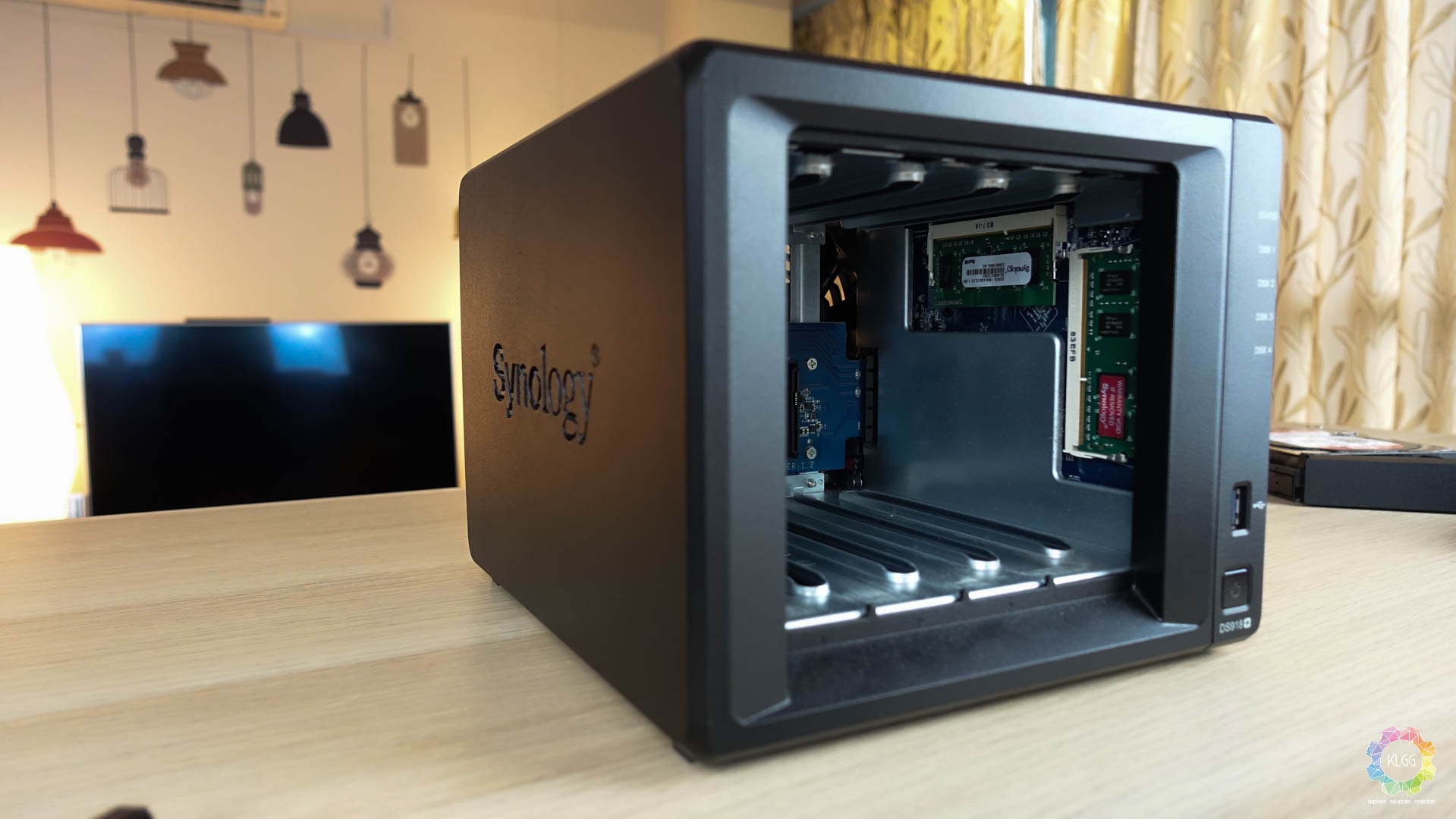 Taking out all the drive cages will reveal two RAM slots, which Synology has already preinstalled a single 4GB DDR3-1600L RAM on one of them, you can install up to 8GB RAM should you require to run virtualization or multiple instances of DSM on the device.
Taking out all the drive cages will reveal two RAM slots, which Synology has already preinstalled a single 4GB DDR3-1600L RAM on one of them, you can install up to 8GB RAM should you require to run virtualization or multiple instances of DSM on the device.
 Things get even better on the DS918+ once you turn to the bottom, where there’s two M.2 NVMe slots for you to install solid state drives for caching purposes that helps to increase system performance and random file transfer speeds, though sadly you can’t use them as standard storage devices like you do as the 3.5″ drives.
Things get even better on the DS918+ once you turn to the bottom, where there’s two M.2 NVMe slots for you to install solid state drives for caching purposes that helps to increase system performance and random file transfer speeds, though sadly you can’t use them as standard storage devices like you do as the 3.5″ drives.
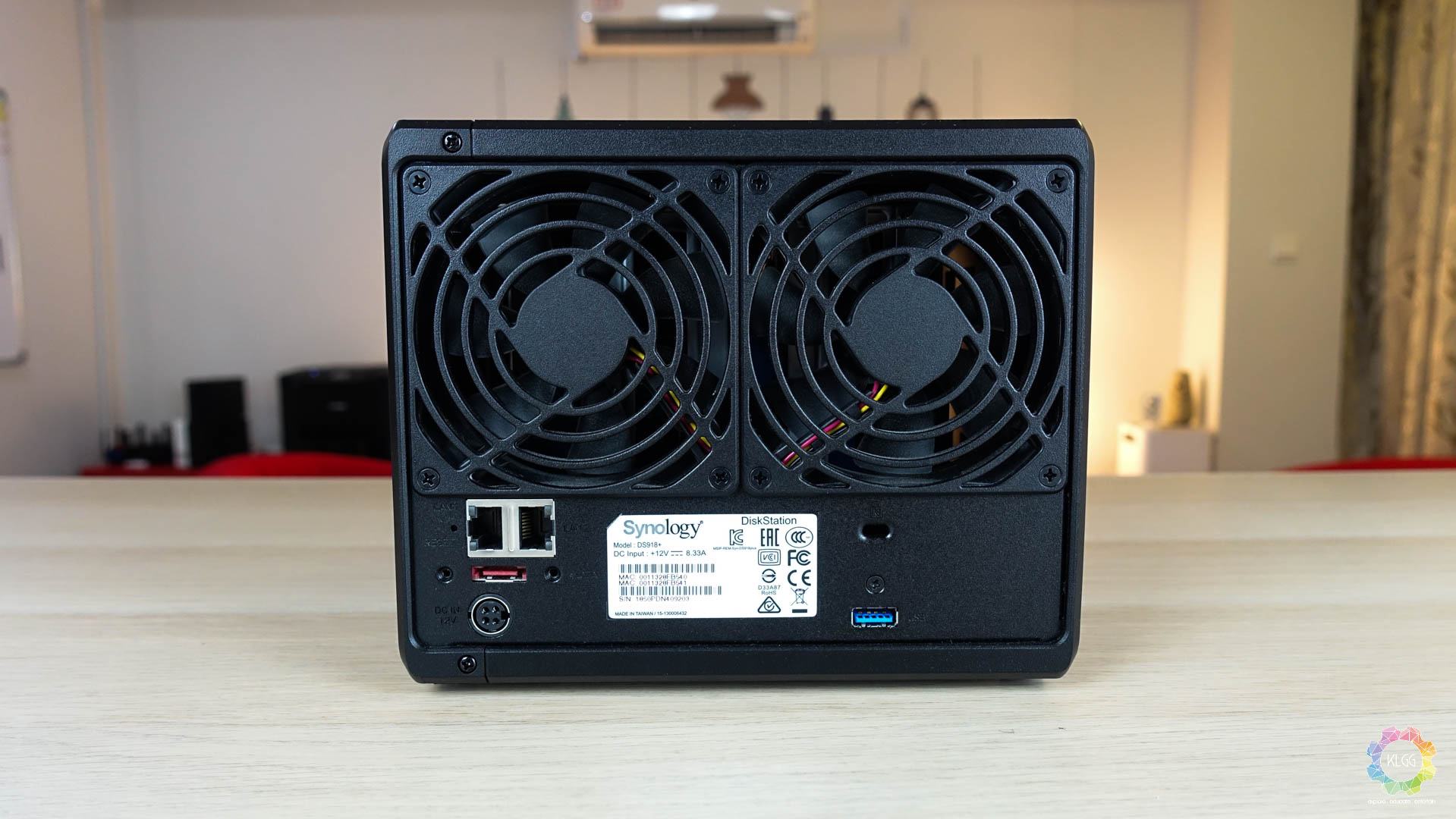 The expandability of the NAS just doesn’t end here, as it has two USB 3.0 ports located at the front and back that lets you connect external hard drives, printers, and WiFi adapters. Furthermore, the DS918+ supports the DX517 expansion unit via it’s eSATA port, hence it is a really scalable NAS server if you happen to need more storage for your applications.
The expandability of the NAS just doesn’t end here, as it has two USB 3.0 ports located at the front and back that lets you connect external hard drives, printers, and WiFi adapters. Furthermore, the DS918+ supports the DX517 expansion unit via it’s eSATA port, hence it is a really scalable NAS server if you happen to need more storage for your applications.
Software and User Experience
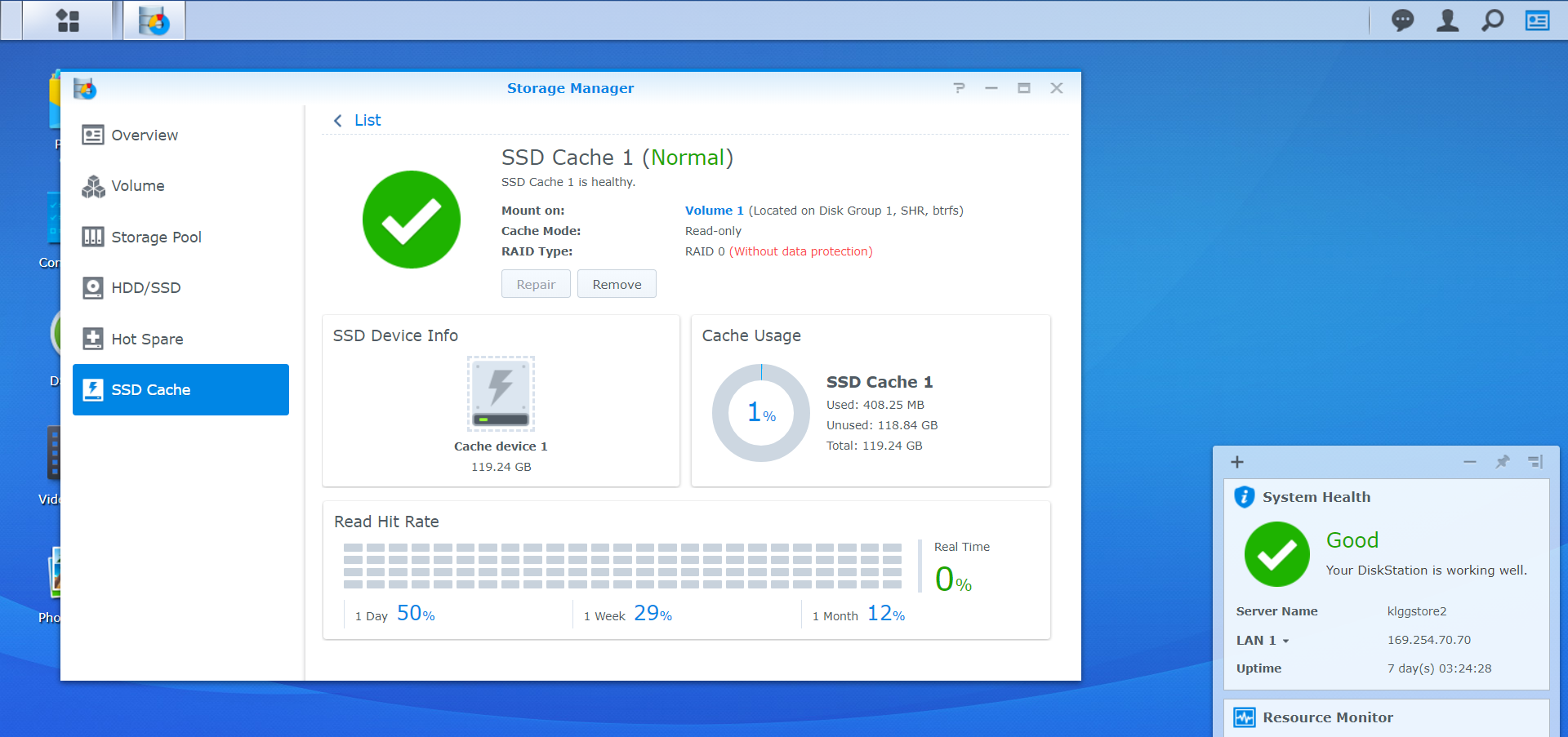 Our DS918+ is fitted with two WD Red 6TB hard drives during the test using the new btrfs file system and Synology’s Hybrid RAID system, we have also upgraded the RAM to its maximum supported 8GB and installed an ADATA XPG SX6000 120GB M.2 NVMe SSD as cache.
Our DS918+ is fitted with two WD Red 6TB hard drives during the test using the new btrfs file system and Synology’s Hybrid RAID system, we have also upgraded the RAM to its maximum supported 8GB and installed an ADATA XPG SX6000 120GB M.2 NVMe SSD as cache.
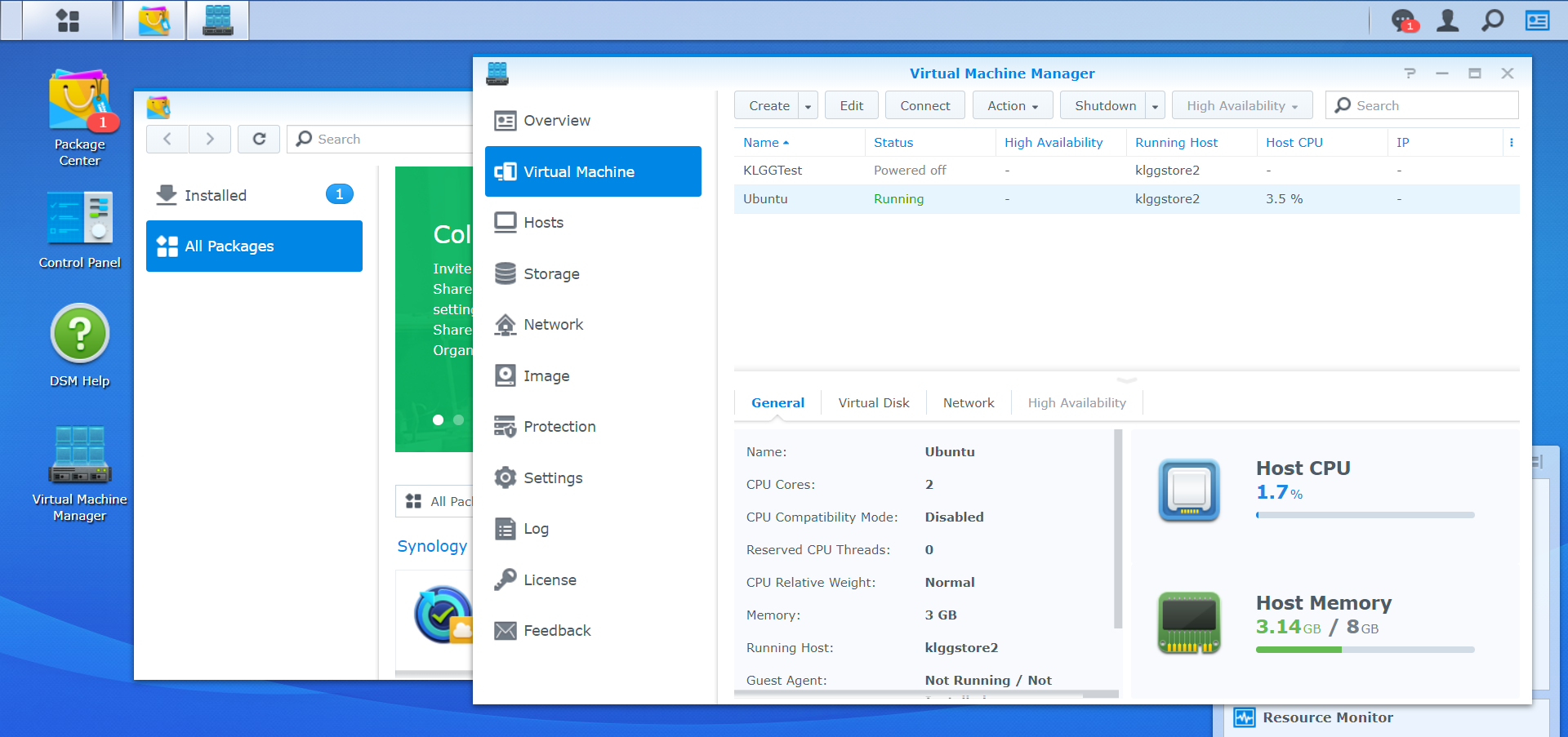 Synology’s DSM is still one of the most intuitive NAS operating system that we have ever come across, it looks very much the same across all other Synology products and has great community support.
Synology’s DSM is still one of the most intuitive NAS operating system that we have ever come across, it looks very much the same across all other Synology products and has great community support.
Once we had the SSD cache active, we immediately perceive significantly shorter operation times and app launch speeds. The DS918+ uses a powerful Intel Celeron J3455 quad-core processor with Turbo Boost speeds of up to 1.5GHz, which you can take advantage of the hardware to run virtual operating systems on the NAS.
In our case, we installed two instances of Ubuntu OS with 2GB RAM assigned to each of them as our website development server, the NAS was able to deliver great performance while continuing to serve as a file server for the office.
Benchmarks
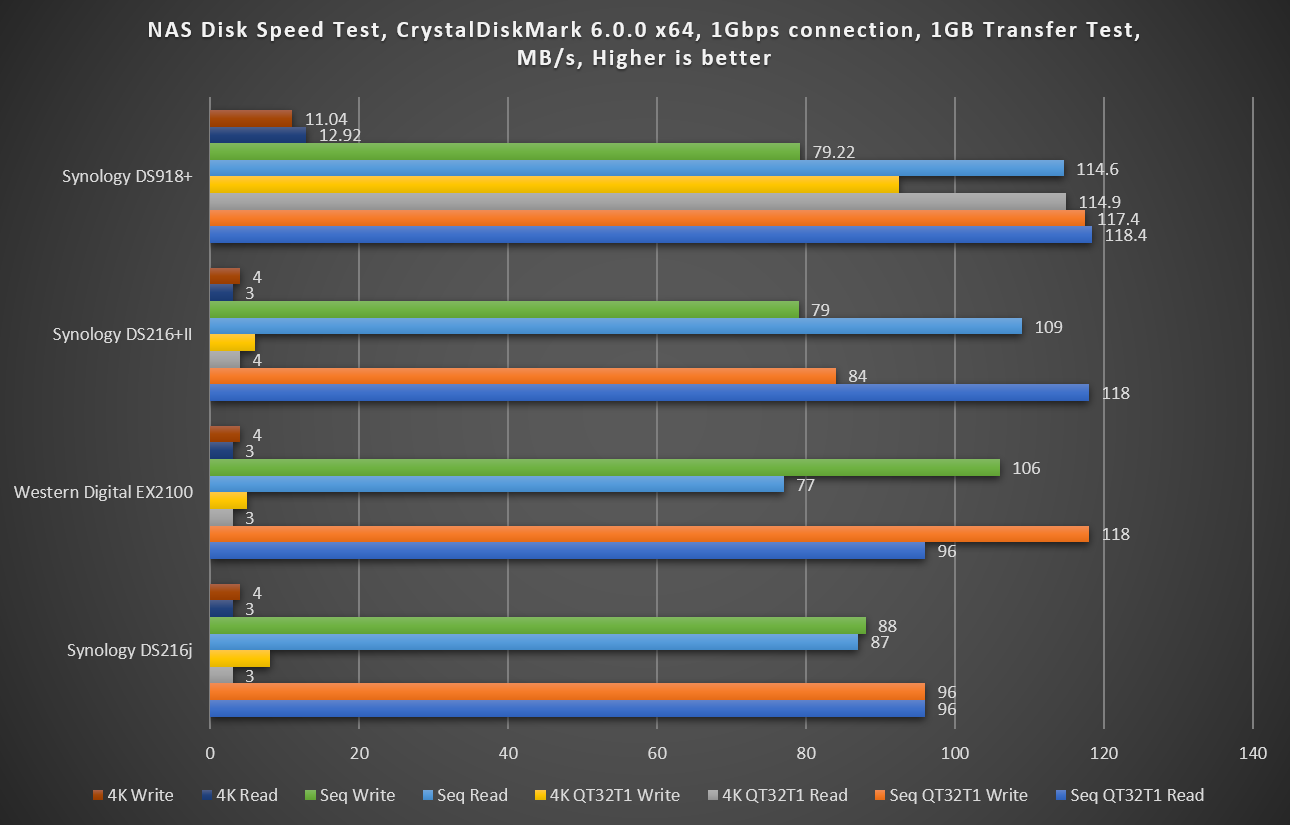 As you can see, the DS918+ has superior data transfer speeds over the previous 2-bay NAS that we have tested, and this is still based on the same settings and two hard drives on a disk group. Random transfer speed is also pretty decent, all thanks to the SSD cache that we have configured.
As you can see, the DS918+ has superior data transfer speeds over the previous 2-bay NAS that we have tested, and this is still based on the same settings and two hard drives on a disk group. Random transfer speed is also pretty decent, all thanks to the SSD cache that we have configured.
Verdict
The Synology DS918+ is a 4-bay NAS that you shouldn’t hesitate on getting if your workplace depends heavily on a centralized storage device, it is powerful, versatile, and does almost everything that you can think of as a server for a retail price of RM2559 excluding the hard drives.
The Good
- Fast and consistent performance
- Perfect for running server-client tier applications and a web server
- Expand up to additional five hard drives if you want to
- SSD cache greatly improves system response
The Not so Good
- Limited to 8GB RAM
- SSD is only limited to caching

